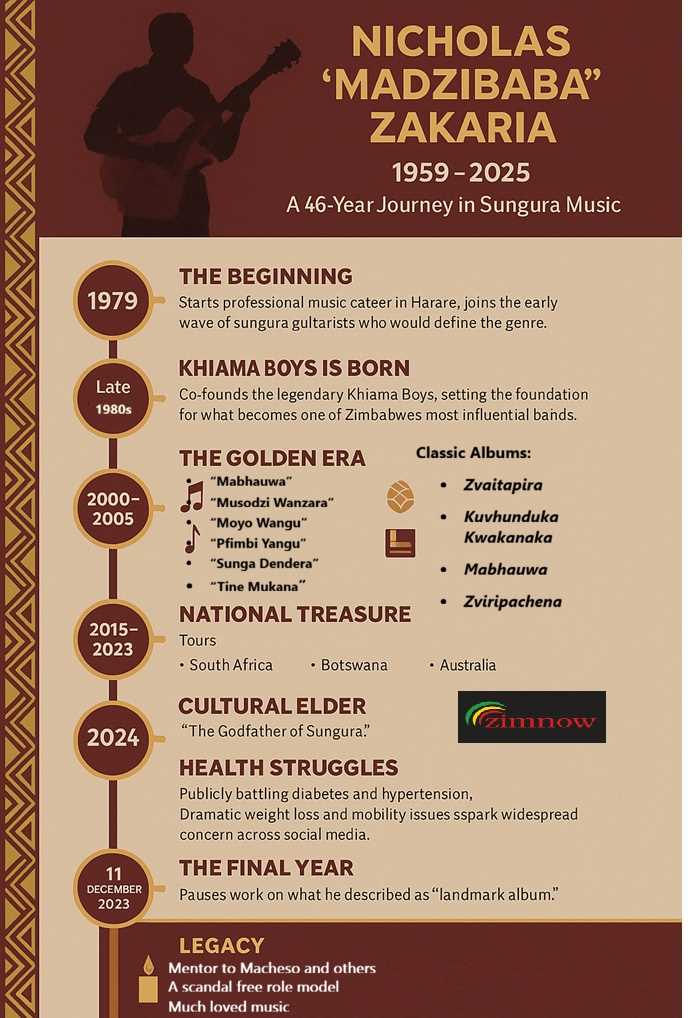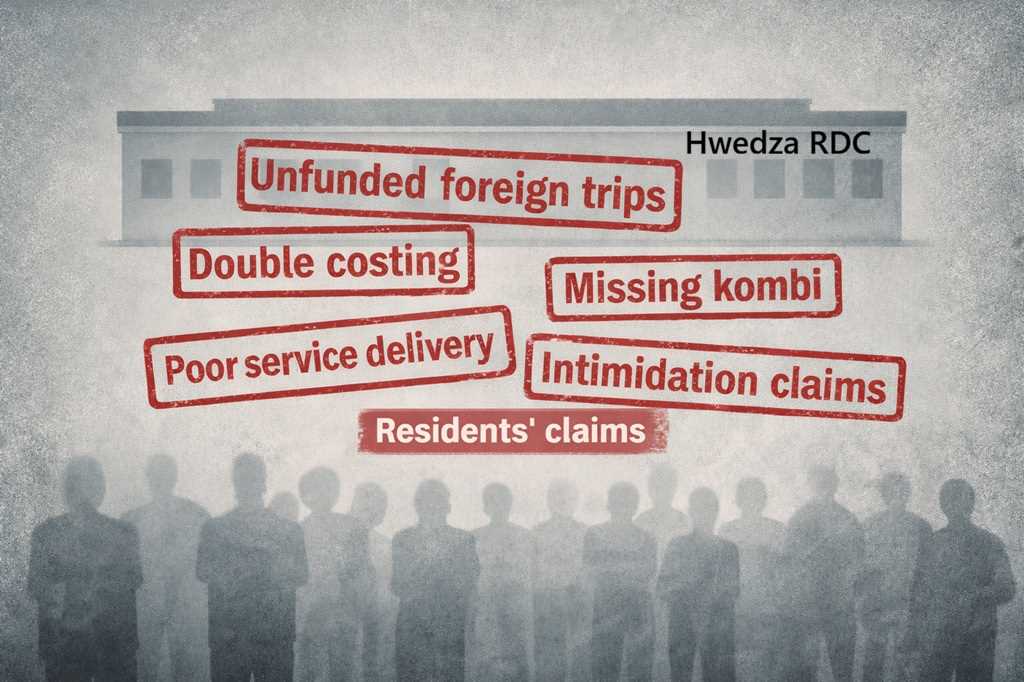
Audrey Galawu
The Covid-19 pandemic induced acceleration towards a digital economy has increased the need for ICT inclusion in all schools as the gap between the haves and have-nots became accentuated.
The Parliamentary Committee on Primary and Secondary Education says there are too many learners left out of the digital economy which is the new normal.
“.. the pupil to computer or laptop ratio in most schools is appalling as most of the schools testified to having one or very few gadgets to use during ICT lessons,” noted the Committee in a report in Parliament last week after members toured schools across the country.
“Neshaya Secondary School had received ten laptops from POTRAZ in 2020 and a desktop from the Minisrty of Primary and Secondary Education.
“The committee established that the laptop to learner ratio was too low, on average 10 to 20 learners were sharing a single laptop or desktop during ICT lessons.
“At Chimoyo High School, only two computers were being shared among 520 learners while Chikohwa had 19 desktops computers against 1164 learners donated by parents and development partners.
“School head at Ngomeyebani highlighted that the school has resorted to renting about 20 computers from a company called Q-Rent,” reads the report. The rentals cost the school ZWL$65 962 and ZWL$85 875 for the first and second term respectively
“.. most rural schools were not able to conduct online or radio lessons during the pandemic due to the unavailability of ICT gadgets in schools and the learners,” the Committee submitted.
Related Stories
Harare Province had about 298 primary and 239 secondary schools had no internet connection. Mashonaland South had the least number of schools with internet connection.
The Committee’s report says that internet access is further hindered by electricity supply with some schools having equipment that is lying idle and becoming obsolete because there is no power infrastructure.
“The Committee noted with concern that to date some schools do not have electricity or internet connectivity,” reads the report
According to the report, Neshaya, Chakohwa and Chimoyo Secondary schools had no electricity and had been connected by Postal and Telecommunications Regulatory Authority of Zimbabwe (POTRAZ) and the Zimbabwe and Academic Research Network (ZARNET).
The Mistry highlighted that the computerisation of the education system was being undertaken by multi-stakeholder approach in terms of distribution of equipment and internet.
One private player that has made a difference by working with community schools around the country, Edutech, says there is no need for any school to be left behind.

"I believe every school has resources that it can use to give it resources to deliver quality education without raising fees or waiting for donations,” Edutech CEO Mr Luke Musambasi speaking to Zim Now.
“We should go beyond competence. As a nation we should strive towards implementing Sustainable Projects Based Learning Models which are key to enhancing rural informatization, in bridging the technology gaps that exist between rural and urban schools.”
Mr Musambasi said Edutech has created a system whereby they don’t just go to schools offering ICT installation services which include construction of labs and gadgets involved. “When we work with a school, we do not only look at supplying infrastructure and gagdets. We also consider how they are going to pay for it and how they will maintain and upgrade their standards.
“Some schools have undertaken commercial produce production, others are into fish farming and hydroponics. With a sound business plan, every school in Zimbabwe can realise sustainable self-finding models and be able to cut down the difference in delivery between elite private schools and community schools,” said Mr Musambasi.




















Leave Comments